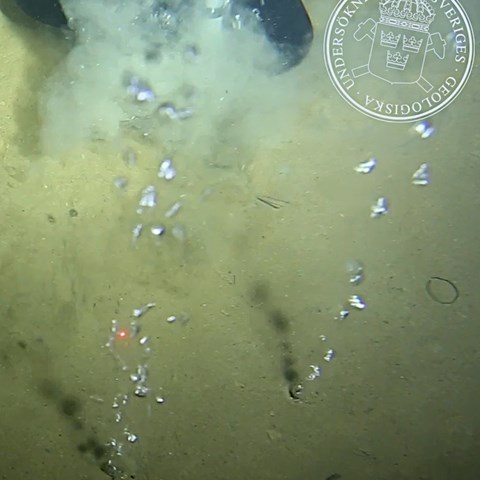Investigating greenhouse gas production in Swedish fiberbanks

In the manufacture of paper and pulp, large quantities of contaminated cellulose and wood fiber material were previously released directly into the sea and lakes. The fibermaterial accumulated and formed so-called fiberbanks. These fiberbanks emit greenhouse gases (carbon dioxide and methane) when microbes degrade the wood fibers under anaerobic conditions, but how, where, and how much?
The rate of organic matter degradation is dependent on both environmental factors such as temperature and the cooperation of different microbes, in which methanogens are responsible for the final degradation step leading to methane production. As the temperature is expected to increase due to climate change, greenhouse gas emissions from fiberbanks are expected to increase, with the risk of increased dispersal of environmental contaminants. For a better assessment of fiberbanks as a source of greenhouse gases, more research is needed to understand which parameters affect methanogenesis in this unique type of sediment and how GHG production differs in various aquatic environments in Sweden.
In this research project, we will study fiberbanks in limnic, brackish, and marine waters and investigate how methane production varies spatially and vertically within fiberbanks with different fiber types and how the production is linked to the distribution and composition of the microbial communities. We will use both advanced DNA sequencing (so called metagenomics) for the identification and quantification of microbes as well as isotopic analysis of greenhouse gases with gas chromatography coupled to mass spectrometry (GC-MS) to quantify the greenhouse gases and to investigate which microbial degradation pathway dominates.
This 4-year research project, called FIB-GHG, is financed by Formas.
More research on fiber banks for water and the environment
Several research projects at the department deal with contaminated fiber banks: